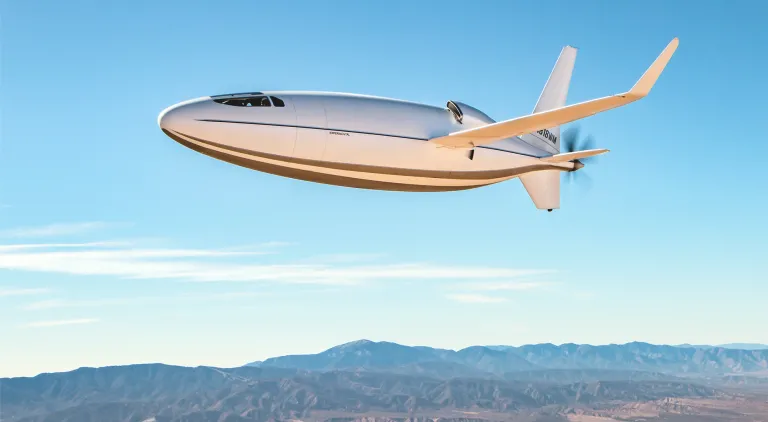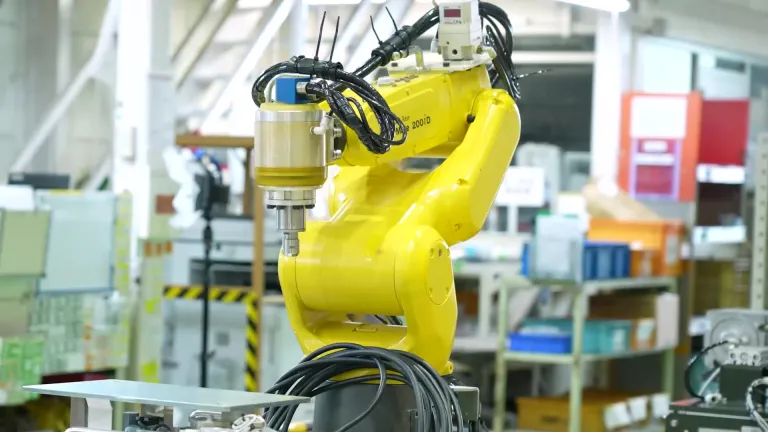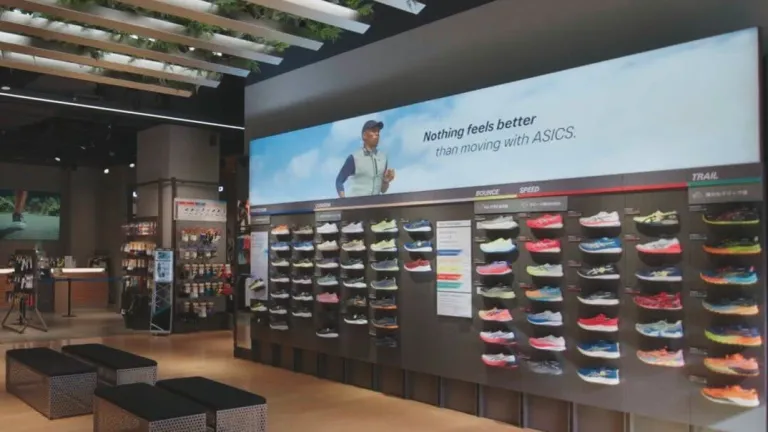3DEXPERIENCE Platform on the Cloud
The Growth Engine that Scales with Every Step of Your Journey
Make Your Business Soar
With 3DEXPERIENCE on the cloud, companies connect teams, processes, data and solutions on a single, secure cloud platform to increase collaboration, improve execution and accelerate time to market. And our full range of solutions can fuel growth for companies of every size:
Powerful Capabilities Ready When You Are
Design? Production? Collaboration? Whatever challenges your team faces, the 3DEXPERIENCE platform gives you everything you need to overcome them and grow your business.
On the cloud, it’s just a click away—no legacy IT, no complex setup... Just powerful capabilities ready when you are.
“My colleagues can see any changes I make to a design in real-time. I don’t have to e-mail them to tell them I’ve made an update. Additionally, because everything is stored logically in the cloud, we are confident we are always working on the most up-to-date file.”
Edoardo Fantin
Chief Engineer, NExT
Cloud Customers
A Comprehensive Business Solution
No other cloud solution provider offers the same range of interoperable and fully integrated software for industrial applications as Dassault Systèmes. Whether you want the most effective way to design, develop, launch and manage new products and services, or transformed operations, 3DEXPERIENCE on the cloud delivers this in a single, unified, accessible environment.
- Design & Engineering
- Simulation
- Governance & Collaboration
- Manufacturing & Operations
- Marketing
Design and Engineering
Advanced 3D modeling and engineering solutions that allow you to imagine, define and shape any product, at any scale. Effortlessly share models across teams to accelerate innovation and get to market faster.
Simulation
Any-scale cloud simulation capabilities allow you to experiment with different what-if scenarios, helping you understand how new products, systems and processes will operate in real-world instances. Understand how decisions made will have long-term effects on project costs, sustainability, timelines, and more. Reduce the need for costly and time-consuming reworks, and promote right first time operations.
Governance and Collaboration
Everyone’s working hard. But not always together! Unite all stakeholders around a single source of truth, with seamless collaboration and knowledge sharing capabilities. Ensure that all teams have instant access to what they need, when they need it, and facilitate effective collaborative ecosystems, while protecting sensitive IP and assets. Build flexible plans that are continuously optimized, while allowing real-time progress tracking.
Manufacturing and Operations
Leverage holistic, model-based, and data-driven manufacturing operations management solutions that let you break down silos between diverse users, from engineering, operations, and supply chain. Deliver a comprehensive, real-time view of your operations, helping solve problems and perform root-cause analysis. Give users unprecedented ability to visualize, control, and synchronize their entire enterprise.
Marketing
Harness the power of cloud-based models to transform product marketing into immersive, personalized and captivating experiences with lifelike 3D product renderings, based on actual product information model (PIM). Showcase products in any conceivable combination of settings, colors, lighting setups, perspectives, materials, or textures – at any stage of development, while speeding up product launches.
Key Benefits of 3DEXPERIENCE on the Cloud
Shorter Time to Market
Achieve rapid product development and manufacturing with a fully unified cloud platform, including our CATIA, SIMULIA, ENOVIA, and DELMIA solutions
Lower Upfront Costs
Eliminate costly IT investment and maintenance processes, resulting in improved ROI from the very first year of ownership
Instant Scalability
Add users and capabilities, so the scope of the solution expands in lockstep with your growing business needs
Streamlined Collaboration
Built-in, secure collaboration so teams work together and stay focused, not frustrated
Trusted and Secured Operations
Protect your data and intellectual property with multi-faceted, ISO-certified security measures based on leading practices
See How Our Customers Are Using 3DEXPERIENCE on The Cloud
Discover how companies of various sizes, from startup to medium-sized businesses and enterprises, are using 3DEXPERIENCE platform on the cloud to overcome their challenges and grow their business.
Startup
California’s Otto Aviation wants to bring to market the world’s first transonic super-laminar aircraft, and chose to establish their operations on Dassault Systèmes’ cloud platform.
SMB
Robotic assembly line builder Yutaka Electronics chose 3DEXPERIENCE platform on the cloud to ensure customer systems work properly and efficiently before commissioning.
Enterprise
The 3DEXPERIENCE platform on the cloud allows sportwear brand ASICS to showcase less visible parts of its products, to inform consumer purchase decisions.
Cloud-Based Innovation Platform FAQs
Cloud Solutions for Businesses of Any Size
Startups
Most startups stumble because they can't bridge the gap between great ideas and great execution. 3DEXPERIENCE for startups is your secret weapon in the race to turn great ideas into scalable realities.
SMBs
Grow your business effortlessly with product design, manufacturing and collaboration capabilities – all in one place, at any time. The 3DEXPERIENCE platform on the cloud streamlines and speeds up your entire product development process, from initial concept to market launch.
Enterprises
Enterprises are facing unprecedented complexity and change. 3DEXPERIENCE platform on the cloud equips your people with the right solutions and insights to work together and drive meaningful transformation across your entire organization.
Ready to learn more?
See how the 3DEXPERIENCE platform on the cloud can transform your business. Fill out the form to get in touch with our experts.












